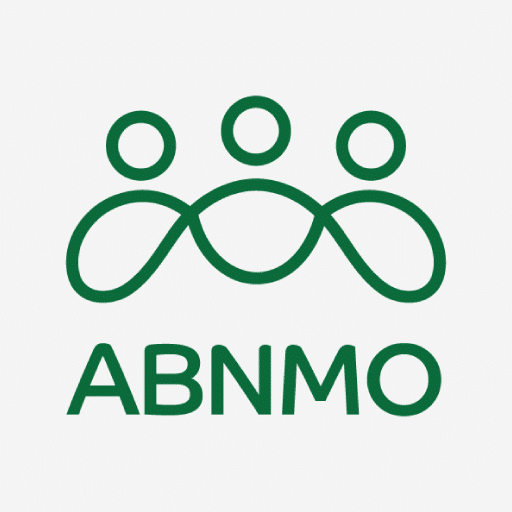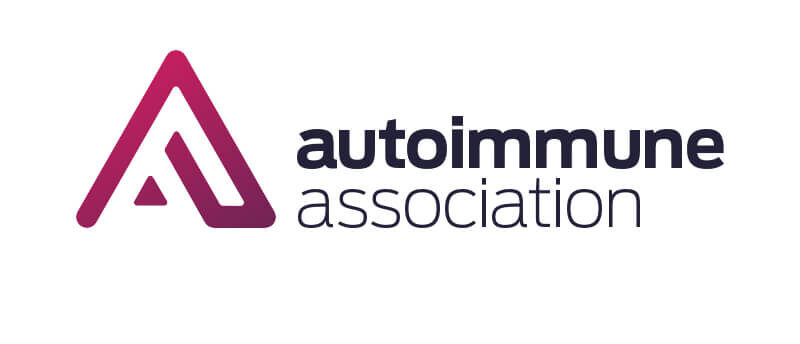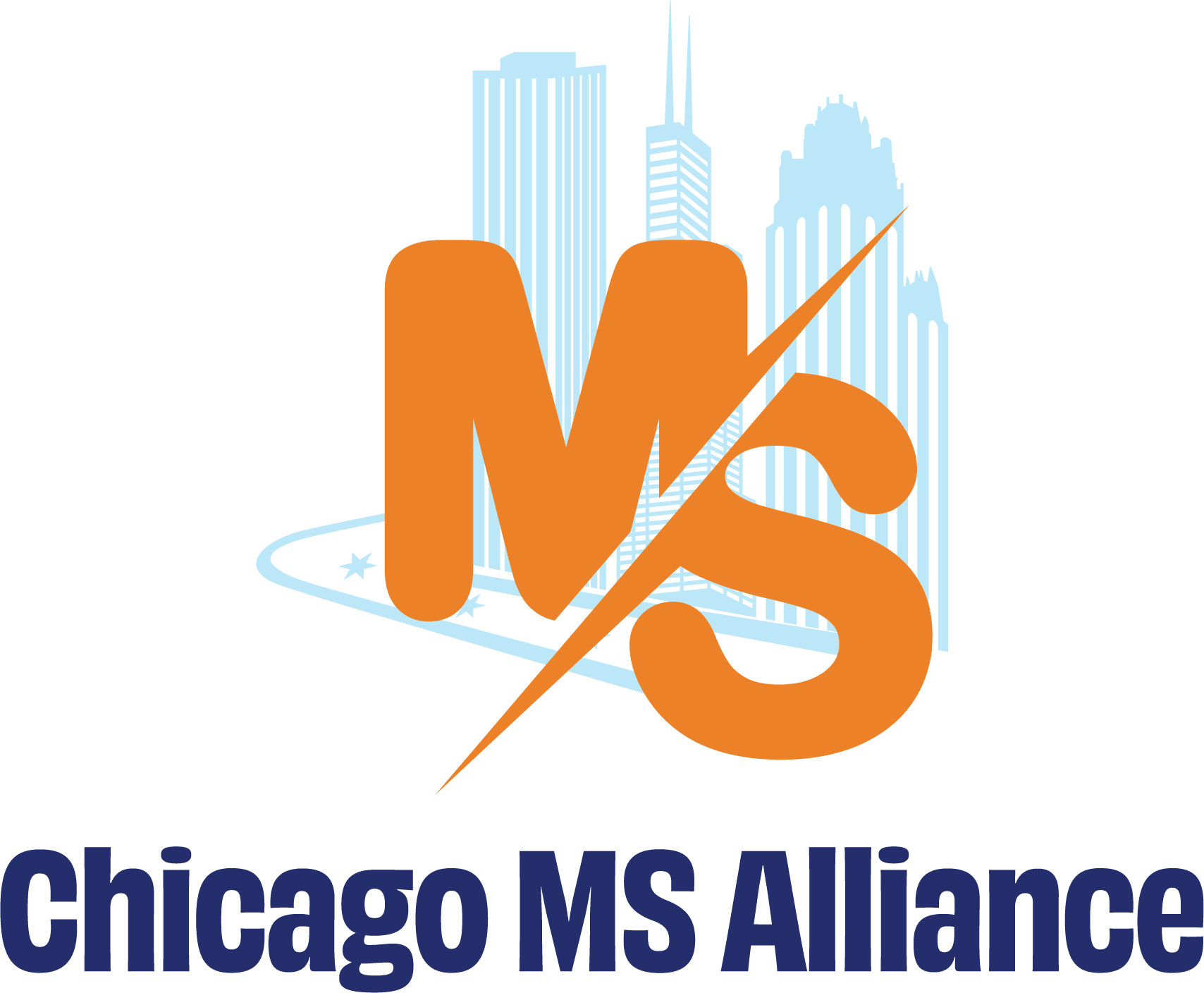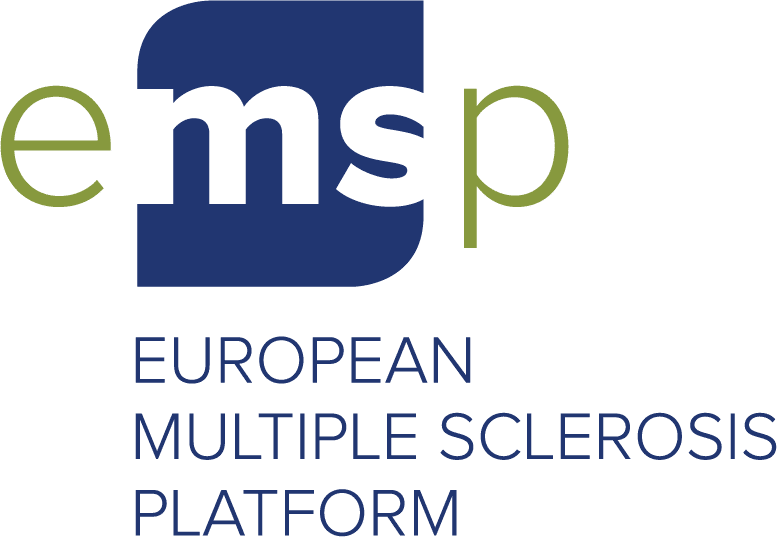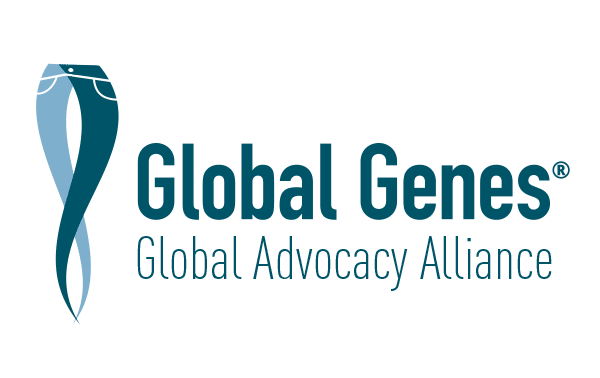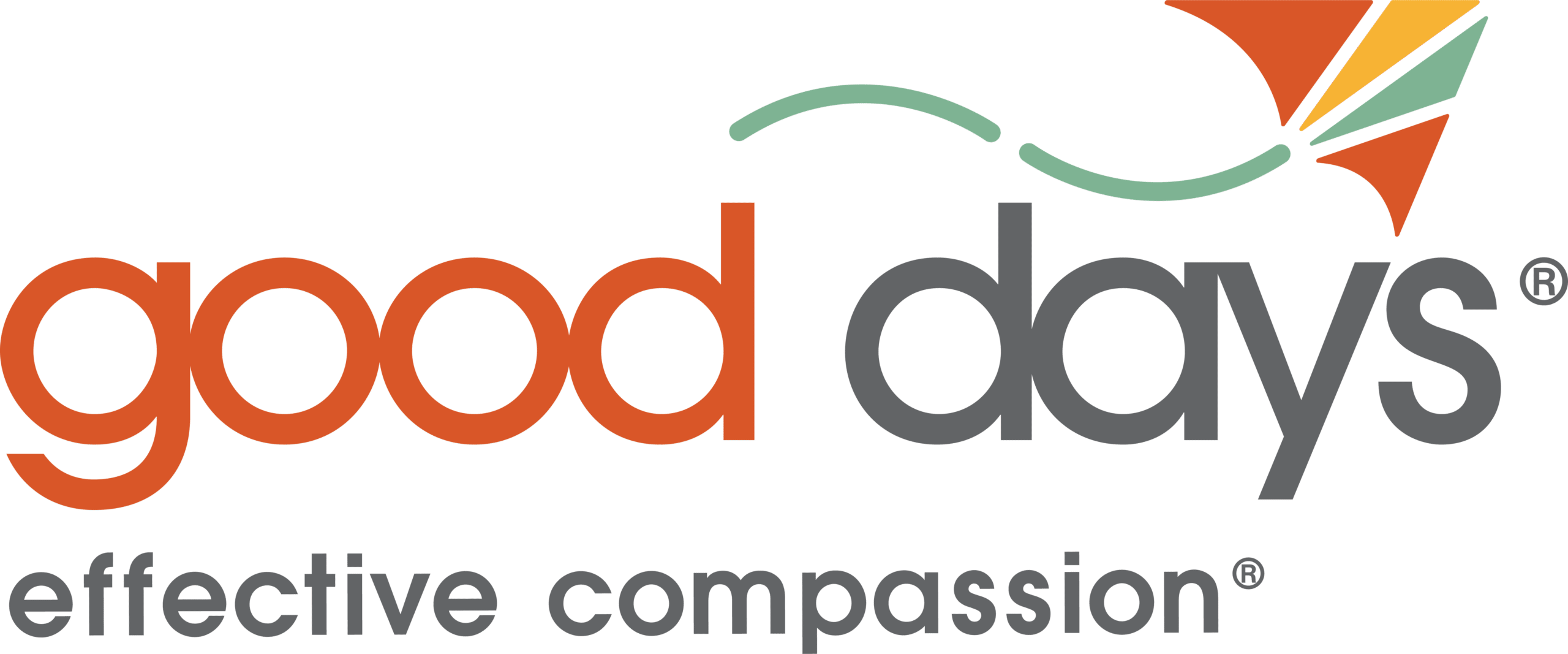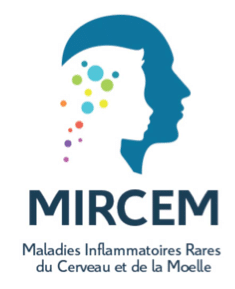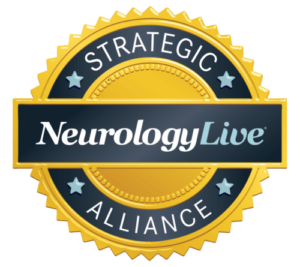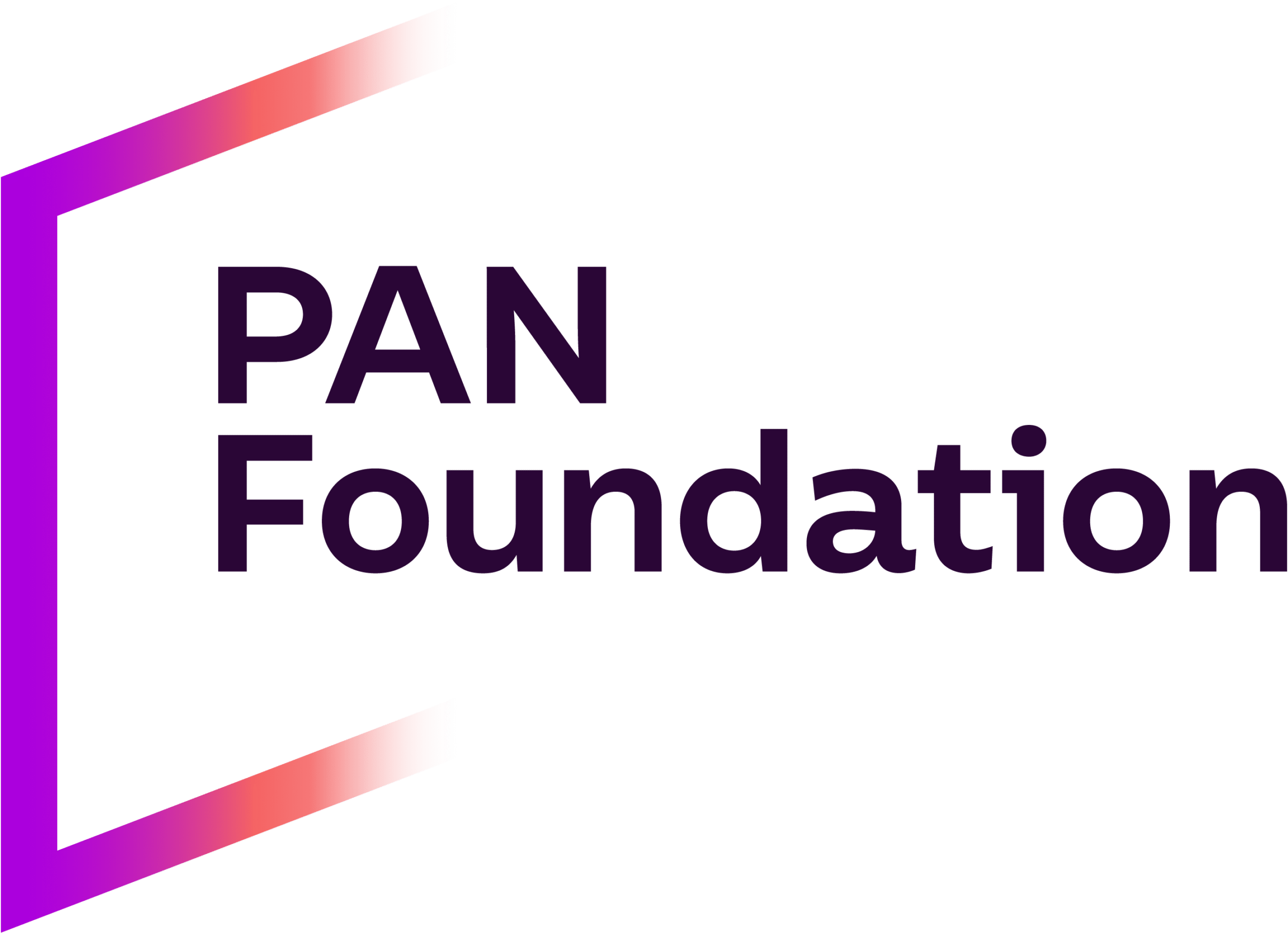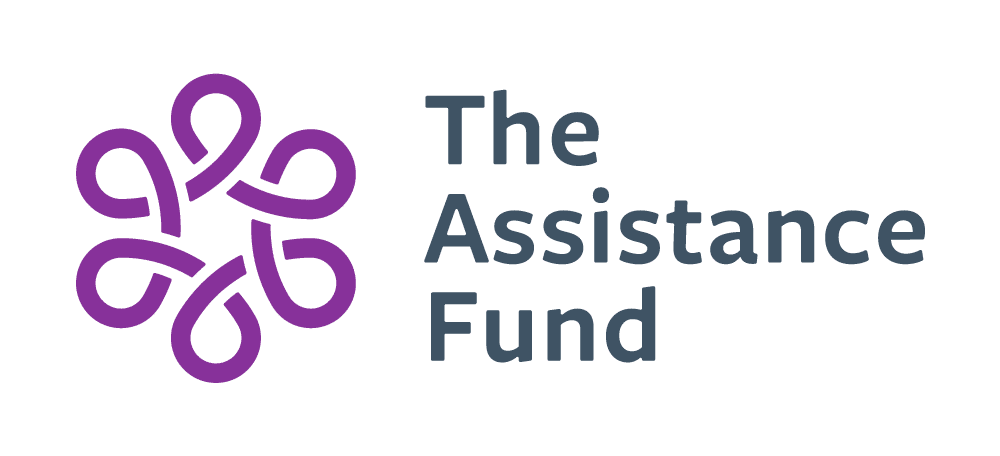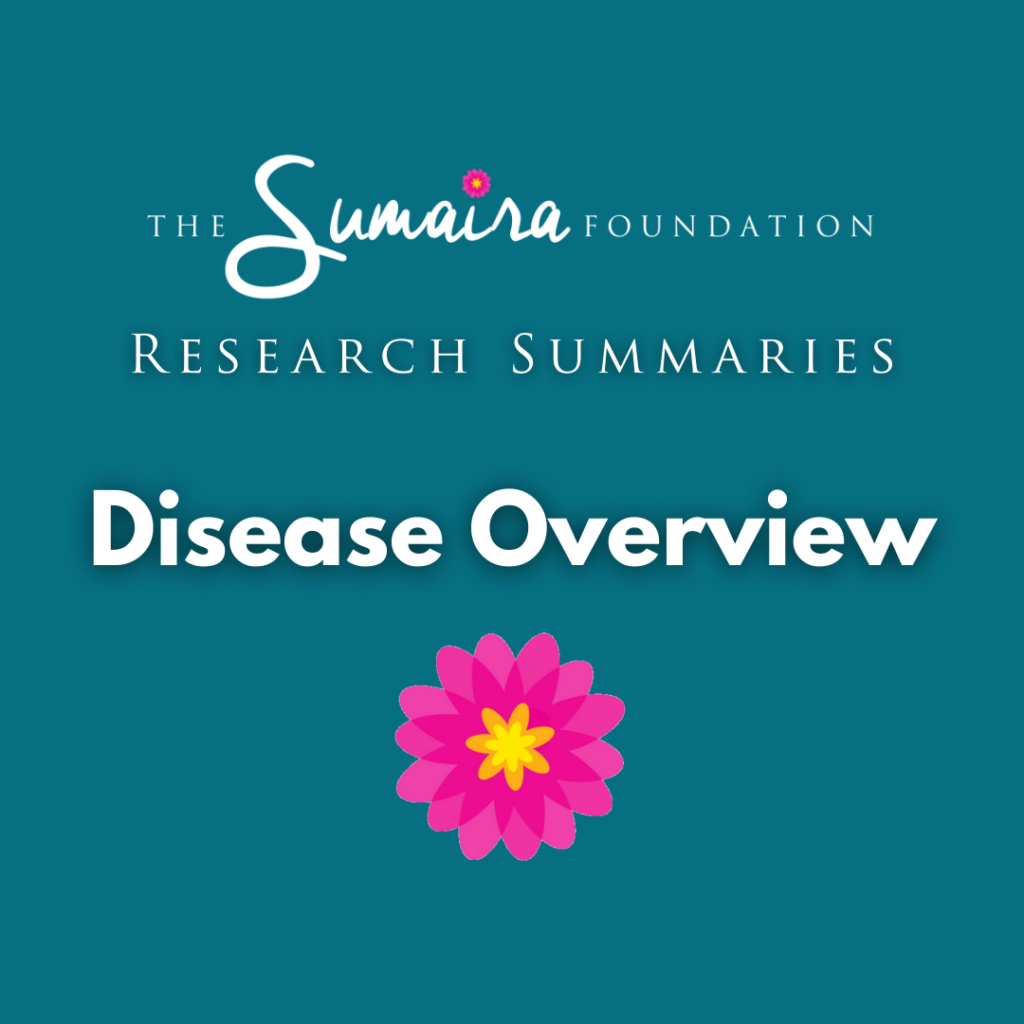
Aligning payer and provider strategies with the latest evidence to optimize clinical outcomes for patients with neuromyelitis optica spectrum disorder
Journal: Journal of Managed Care & Specialty Pharmacy; December 1, 2022
Author(s): Dean M Wingerchuk, Brian G Weinshenker, Dana McCormick, Sasha Barron, Laura Simone and Larissa Jarzylo
Helping payers and treatment providers to understand and appropriately address the burden posed by NMOSD
This study reviewed previous studies to evaluate the disease burden, diagnosis, and treatment of NMOSD in the US. In addition, a patient survey was conducted to capture the real experiences of NMOSD patients. The authors found that the rarity of the condition combined with its similarities with disease like MS, can delay accurate diagnosis and treatment, increasing the chances of long-term disability. While several monoclonal antibodies have been approved for NMOSD treatment, there is limited evidence to guide treatment decision-making, including which therapies to use first, when to switch, and when to use them independently or in combination. The results of the patient survey revealed significant clinical and financial burdens to NMOSD patients, including frequent attacks, delays in therapy initiation, need for urgent care and repeat hospitalizations, new and worsening symptoms, accumulating disability, and difficulties affording care. The study provides recommendations for payers and treatment providers to consider these factors into their strategy for addressing the disease burden of NMOSD.
Free Access: Full text










